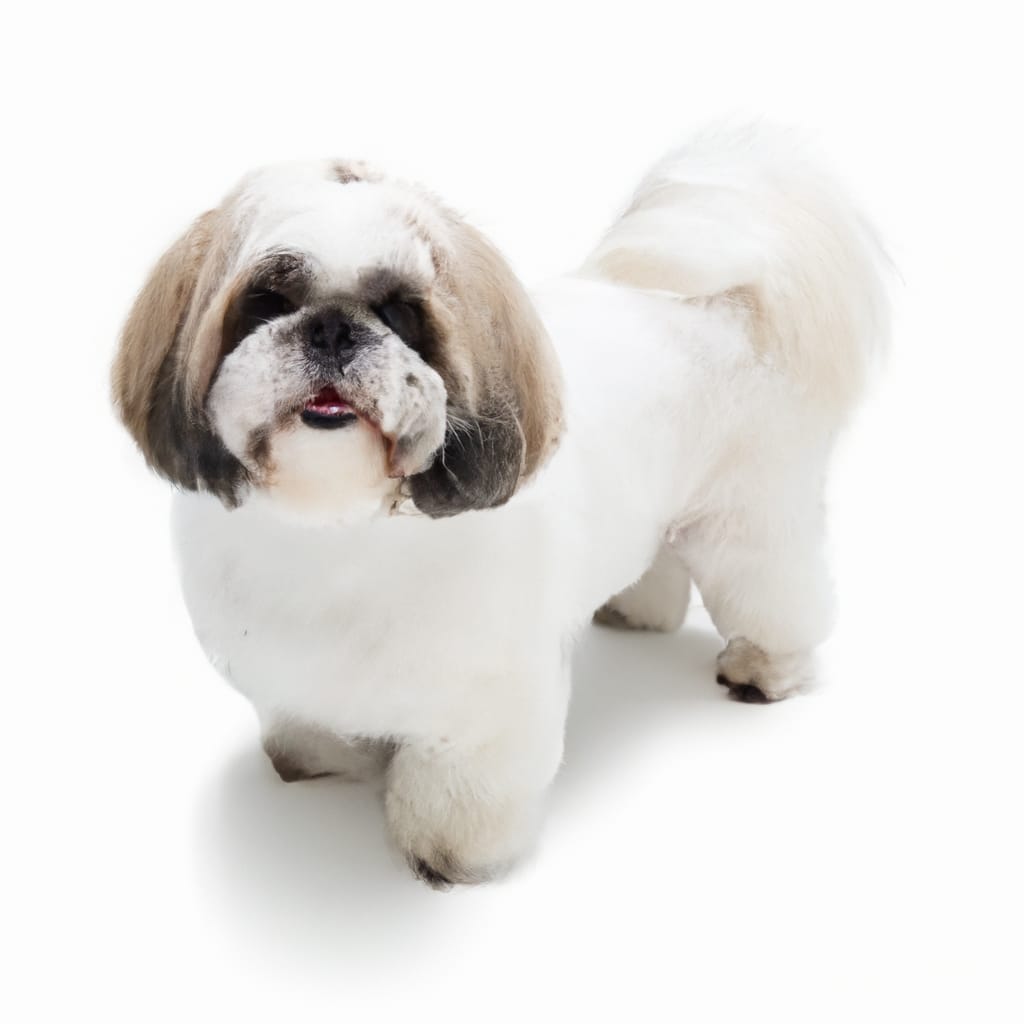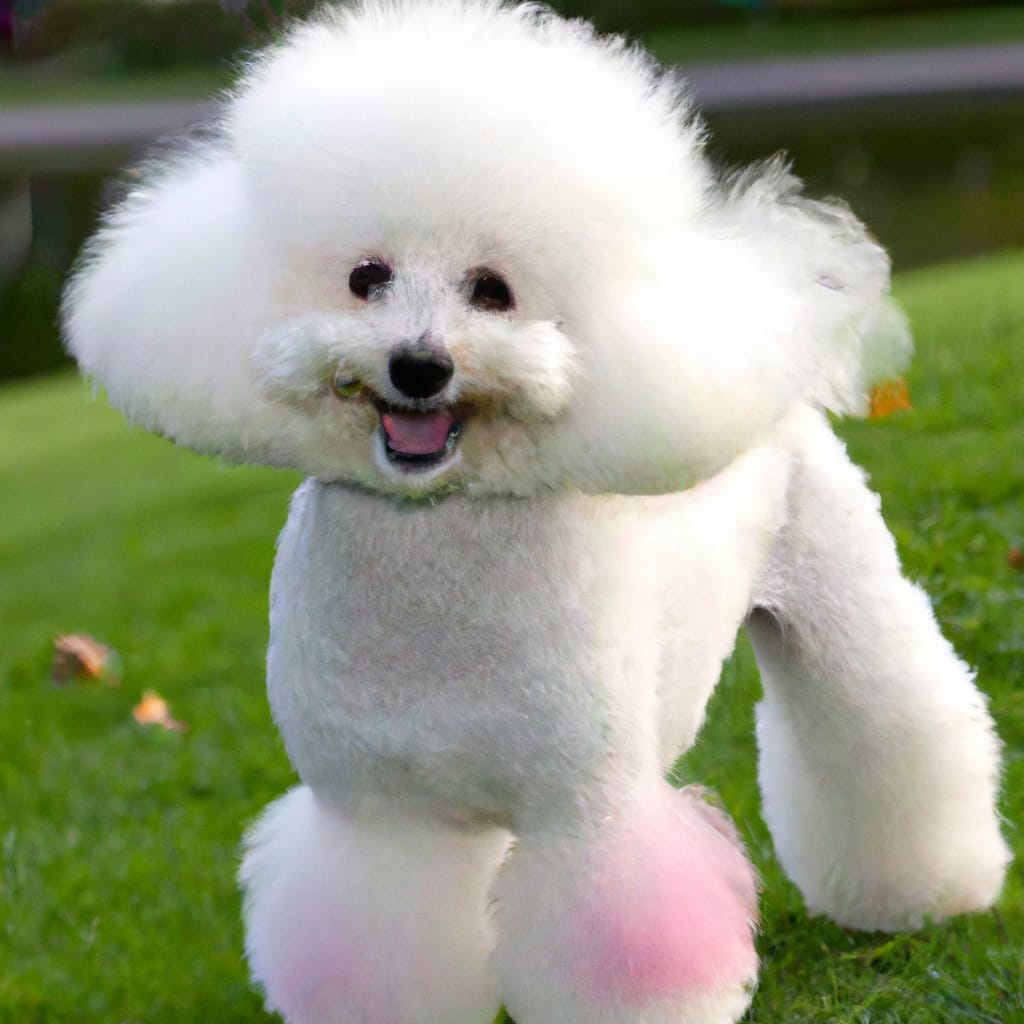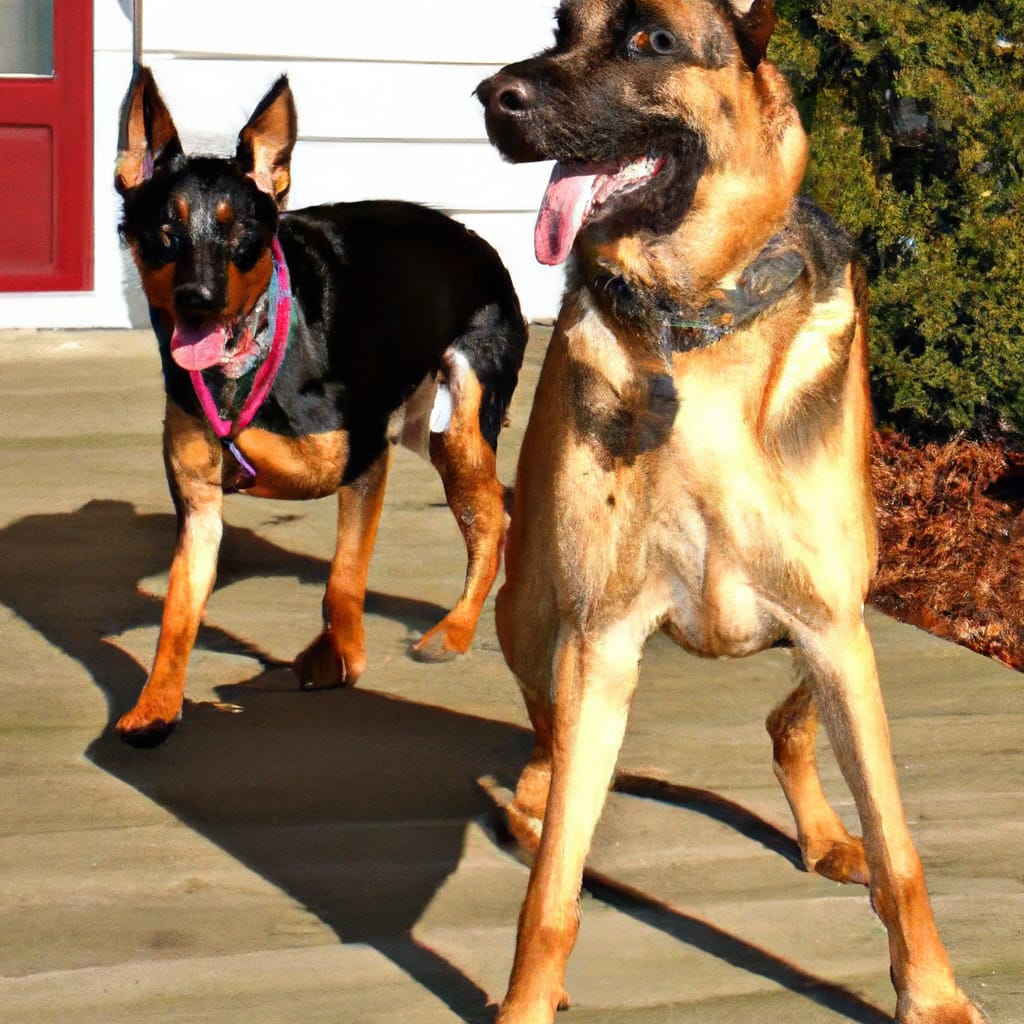Lhasa Apso Vs Shih Tzu: How To Tell The Difference?
Imagine you’re admiring two adorable fluffy dogs, one a Lhasa Apso and the other a Shih Tzu, and you can’t help but wonder, “How can I tell the difference between the two?” Well, fret not, because in this article, we’re going to unravel the distinct characteristics that set these two breeds apart. From their appearance to their personality traits, you’ll soon become an expert in distinguishing between these two lovable companions. So, get ready to embark on a delightful journey of discovering the unique features that make Lhasa Apsos and Shih Tzus stand out from each other!
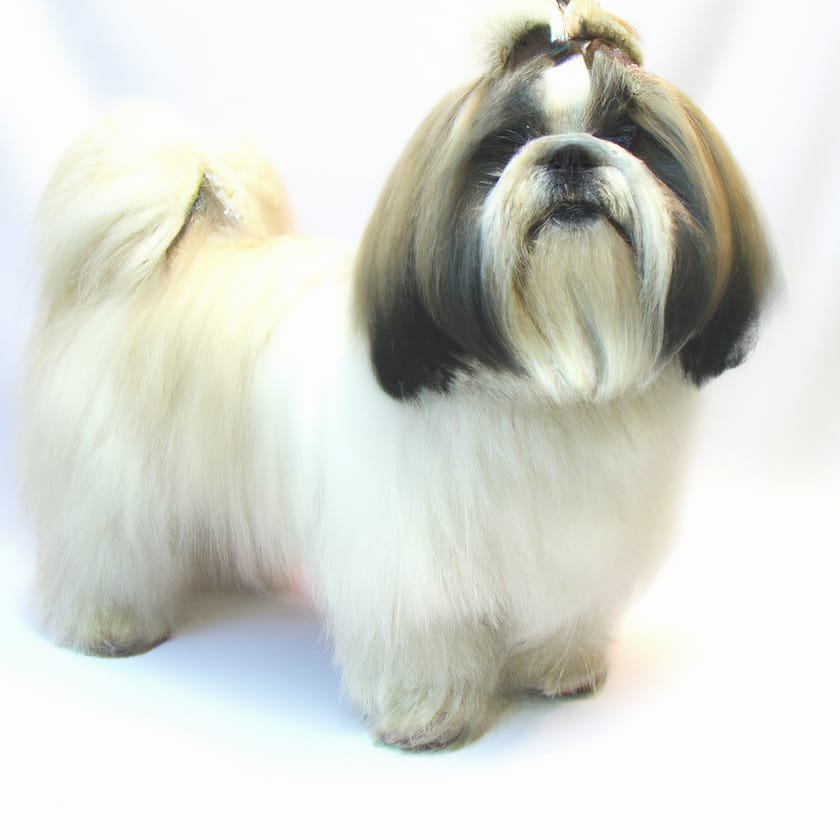
Physical Appearance
Size
Both the Lhasa Apso and Shih Tzu are small dog breeds, but there are slight differences in their size. The Lhasa Apso typically weighs between 12 to 18 pounds and stands around 10 to 11 inches tall at the shoulder. On the other hand, the Shih Tzu is slightly smaller, weighing between 9 to 16 pounds and standing around 9 to 10.5 inches tall. So when it comes to size, you might notice that the Lhasa Apso is slightly larger than the Shih Tzu.
Coat
One of the most striking features of both the Lhasa Apso and Shih Tzu is their luxurious coat. However, there are some differences in the texture and appearance of their coats. The Lhasa Apso has a dense, long, and straight double coat that flows down to the ground. This coat requires regular grooming to keep it looking its best. On the other hand, the Shih Tzu also has a long double coat, but it is usually softer and silkier in texture. The Shih Tzu’s coat often forms a flowing “mane” around their face, making them look even more adorable.
Facial Features
When it comes to facial features, both the Lhasa Apso and Shih Tzu have some distinct characteristics. The Lhasa Apso has a square-shaped head with a strong muzzle and dark, expressive eyes. They have a keen and alert expression, which gives them a look of wisdom and intelligence. On the other hand, the Shih Tzu has a rounder face with large, round eyes that exude warmth and charm. Their flat nose and wide mouth give them an endearing “smushed” face appearance.
Tail
The tail of both the Lhasa Apso and Shih Tzu adds to their overall charm. The Lhasa Apso has a high-set tail that is heavily plumed with long and flowing hair. When the Lhasa Apso is in motion, its tail curls over its back, giving it an elegant and almost regal appearance. In contrast, the Shih Tzu also has a high-set tail that is plumed and carried over the back. However, the Shih Tzu’s tail may not have as much length or fullness as the Lhasa Apso’s tail, but it still adds to its adorable and lively personality.
Ears
Both the Lhasa Apso and Shih Tzu have distinct ear shapes that contribute to their unique look. The Lhasa Apso has pendant-shaped ears that hang close to the head and are covered with long, flowing hair. These ears give the Lhasa Apso a sophisticated and elegant appearance. In contrast, the Shih Tzu has slightly larger and more rounded ears that also hang close to the head. The hair on the Shih Tzu’s ears is usually shorter, emphasizing their soft and cuddly nature.
Temperament
Personality Traits
Both the Lhasa Apso and Shih Tzu have charming and distinct personalities. The Lhasa Apso is known for being independent, confident, and sometimes even a bit stubborn. They are known to be alert watchdogs and are fiercely loyal to their families. The Shih Tzu, on the other hand, is known for being friendly, affectionate, and outgoing. They eagerly seek human companionship and thrive on being the center of attention. Both breeds are known for their adaptability and make wonderful companions.
Behavior with Strangers
When it comes to strangers, the Lhasa Apso and Shih Tzu may have slightly different reactions. The Lhasa Apso tends to be more reserved and cautious around strangers. They may take some time to warm up and may even exhibit some protective behavior. On the other hand, the Shih Tzu is generally friendly and approachable towards strangers. They enjoy meeting new people and often greet them with wagging tails and excited wiggles.
Behavior with Children
Both the Lhasa Apso and Shih Tzu can get along well with children, but there are a few things to consider. The Lhasa Apso may have a lower tolerance for rough play and may prefer a calmer environment. It is important to teach children how to appropriately handle and interact with a Lhasa Apso to ensure a positive and safe experience for everyone involved. The Shih Tzu, on the other hand, is generally more tolerant of children’s playfulness and can be an excellent playmate for kids.
Behavior with Other Pets
When it comes to other pets, both the Lhasa Apso and Shih Tzu can adapt to living with other animals. However, early socialization and gradual introductions are essential to ensure peaceful coexistence. The Lhasa Apso, being more independent, may have a slightly higher prey drive and may be less inclined to socialize with other pets. The Shih Tzu, on the other hand, tends to be more sociable and can generally get along well with other animals, especially if introduced properly and given time to adjust.
Exercise and Activity
Activity Level
Both the Lhasa Apso and Shih Tzu are small breeds, but they have different activity levels. The Lhasa Apso is known for being moderately active and enjoys daily walks and play sessions. Although they are not as high-energy as some other breeds, they still need regular physical activity to prevent them from becoming bored or restless. The Shih Tzu, on the other hand, is generally more laid-back and can be content with shorter daily walks and indoor play sessions. They are well-suited for apartment living or for families with a less active lifestyle.
Exercise Needs
When it comes to exercise needs, both the Lhasa Apso and Shih Tzu require regular physical activity to stay healthy and happy. Daily walks, play sessions, and mental stimulation are essential for their overall well-being. The Lhasa Apso may benefit from longer walks or a chance to explore new environments, as they have a slightly higher need for mental and physical stimulation. The Shih Tzu, although more relaxed, still enjoys short walks and interactive playtime to burn off any excess energy.
Grooming
Coat Maintenance
Maintaining the coat of both the Lhasa Apso and Shih Tzu is an important part of their grooming routine. Both breeds have long, flowing, and double coats that require regular attention. The Lhasa Apso’s coat tends to be denser and may require more brushing to prevent matting and tangling. Regular brushing with a pin brush or slicker brush is necessary to keep their coat looking its best. The Shih Tzu’s coat, although silkier, also requires regular brushing to prevent matting and to keep it free from debris.
Bathing Frequency
Both the Lhasa Apso and Shih Tzu should be bathed regularly to keep their coats clean and healthy. However, the frequency of bathing may vary depending on their lifestyle and coat condition. Generally, bathing once every 2 to 4 weeks is sufficient for most Lhasa Apsos and Shih Tzus. Over-bathing can strip their coats of natural oils and cause dryness, so it is important to find a balance. It is also essential to use a dog-specific shampoo and conditioner to maintain the health and shine of their coats.
Professional Grooming
Regular professional grooming is highly recommended for both the Lhasa Apso and Shih Tzu. Professional groomers have the expertise to trim their coats in the traditional styles that enhance their breed-specific appearance. Groomers can also provide additional services such as nail trimming, ear cleaning, and teeth brushing, ensuring your dog’s overall cleanliness and health.
Grooming Tools
When it comes to grooming tools, both the Lhasa Apso and Shih Tzu benefit from having a few essential items on hand. A good quality pin brush or slicker brush is ideal for regular brushing to prevent matting and keep their coats tangle-free. A comb with both wide and narrow teeth can help detangle any stubborn knots. Additionally, thinning shears and blunt-tipped scissors are useful for trimming their coats between professional grooming sessions. It is important to choose grooming tools that are specifically designed for their coat types to ensure a gentle and effective grooming experience.
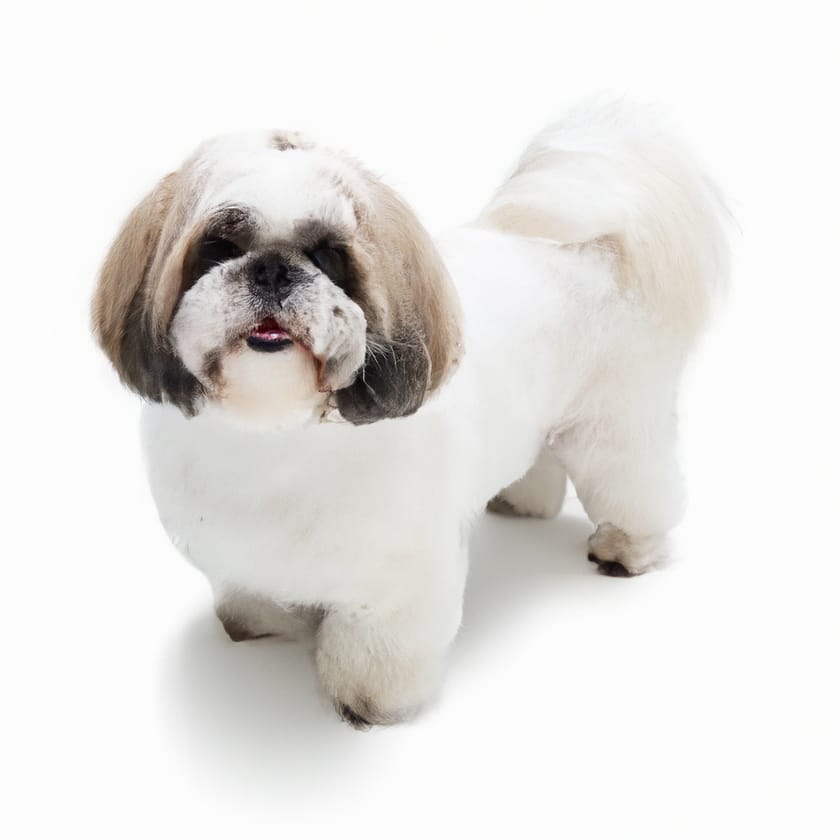
Health
Common Health Issues
Both the Lhasa Apso and Shih Tzu can be prone to certain health issues, as is the case with many dog breeds. One common health concern for both breeds is patellar luxation, which is the dislocation of the kneecap. This can cause discomfort and may require medical intervention. Eye problems such as cataracts, progressive retinal atrophy (PRA), and dry eye (keratoconjunctivitis sicca) can also occur in both breeds. Other potential health issues include allergies, dental problems, and respiratory issues. Regular veterinary check-ups and providing a nutritious diet can help reduce the risk of these health concerns.
Life Expectancy
The life expectancy of both the Lhasa Apso and Shih Tzu is typically around 12 to 15 years. However, with proper care, a healthy lifestyle, and regular veterinary check-ups, some dogs of these breeds have been known to live into their late teenage years. It is important to note that individual health, genetics, and environmental factors can influence a dog’s lifespan.
Genetic Predispositions
Both the Lhasa Apso and Shih Tzu have certain genetic predispositions that can affect their health. The Lhasa Apso may be prone to kidney problems, hip dysplasia, and hypothyroidism. The Shih Tzu, on the other hand, may be predisposed to liver problems, bladder stones, and respiratory issues. Responsible breeders often conduct health testing and screenings to minimize the risk of these genetic conditions in their breeding lines.
Training
Trainability
Both the Lhasa Apso and Shih Tzu can be trained, but they have their own individual personalities and training styles. The Lhasa Apso is known for its independent nature, which can make training a bit challenging at times. They may prefer a more patient and consistent approach, and positive reinforcement methods work best for them. The Shih Tzu, on the other hand, is generally eager to please and responds well to positive reinforcement training techniques. They enjoy learning new tricks and can be quite responsive with consistent training.
Intelligence
Both the Lhasa Apso and Shih Tzu are intelligent breeds, capable of learning and retaining information. However, their intelligence may manifest in different ways. The Lhasa Apso is known for its keen problem-solving skills and independent thinking, which can sometimes make them seem stubborn. The Shih Tzu, on the other hand, is intelligent and adaptable, making them quick learners in a variety of training activities. Mental stimulation is important for both breeds to keep their minds sharp and engaged.
Training Techniques
Positive reinforcement training techniques are highly recommended for both the Lhasa Apso and Shih Tzu. These methods involve rewarding desired behaviors with treats, praise, or play to encourage their cooperation and engagement. Both breeds respond well to gentle and patient training approaches. Harsh or punitive methods can be counterproductive and may cause fear or anxiety in these sensitive breeds. Consistency, repetition, and patience are key when it comes to training both the Lhasa Apso and Shih Tzu.
Socialization
Early socialization is essential for both the Lhasa Apso and Shih Tzu. Exposing them to various people, animals, and environments from a young age helps them develop into well-rounded and confident dogs. Positive experiences during socialization can prevent behavioral issues and enhance their ability to adapt to new situations. Introducing them to different sights, sounds, and experiences gradually and positively will help them grow into happy and socially well-adjusted companions.
Living Environment
Suitable Living Spaces
Both the Lhasa Apso and Shih Tzu are well-suited for apartment living or smaller homes. Their small size and moderate exercise needs make them adaptable to living in various environments. However, it is important to provide regular exercise opportunities and mental stimulation even in smaller living spaces. Creating a safe and comfortable indoor environment with designated spaces for them to rest and play is important for their overall well-being.
Climate Preferences
Both the Lhasa Apso and Shih Tzu are generally adaptable to different climates, but they do have some preferences. The Lhasa Apso has a double coat that provides insulation, making them well-suited for cooler climates. They can tolerate cold temperatures better than heat, so providing them with comfortable shelter and avoiding excessive heat exposure is important. The Shih Tzu has a shorter muzzle, which can make them more susceptible to heat-related issues. They may require extra precautions in hot weather to prevent overheating, such as providing shade and access to fresh water.
Compatibility
Ideal Owners
Both the Lhasa Apso and Shih Tzu can make wonderful companions for the right owners. Ideal owners for these breeds would be individuals or families who have the time, patience, and dedication to provide them with the care, training, and attention they need. It is important for potential owners to understand the grooming requirements, exercise needs, and potential health concerns of these breeds. Co…


